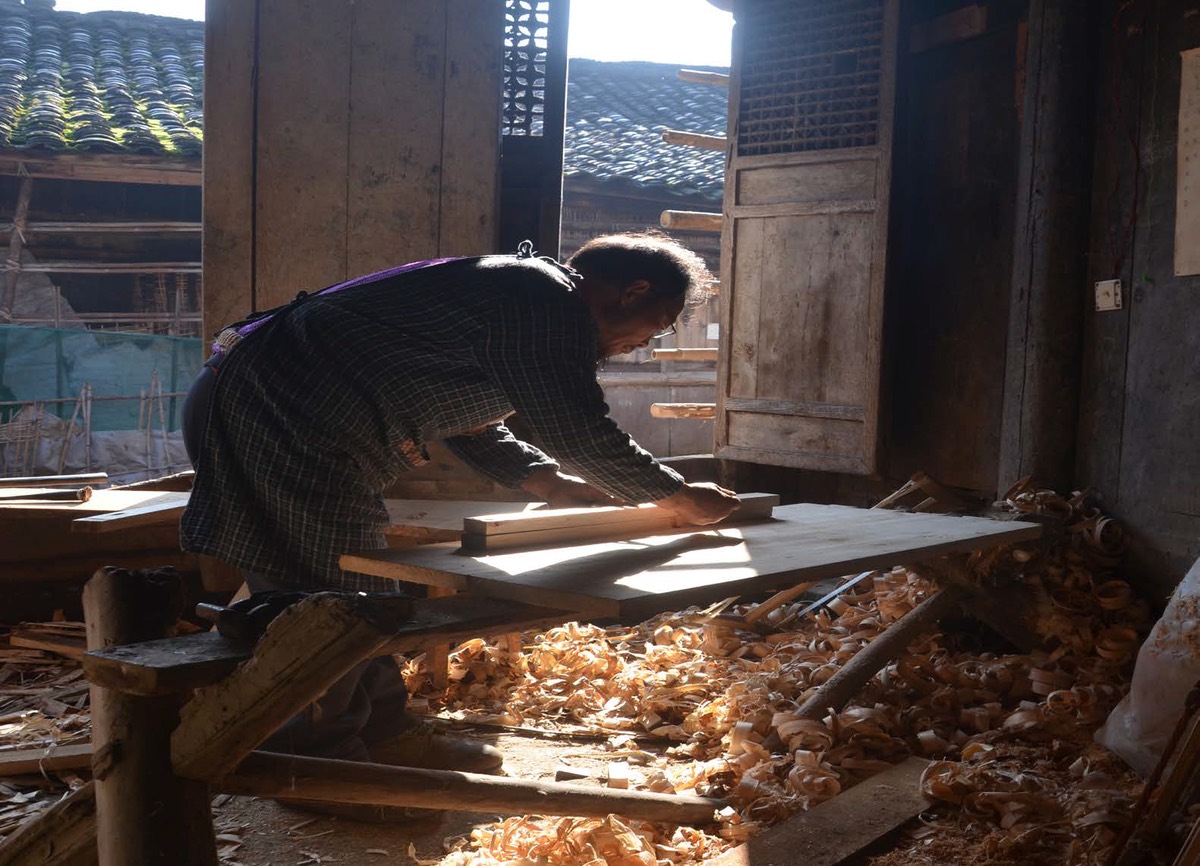Abstract
Does the social turn in design enable transformative change in design and society? Or is it incremental change, where design confirms existing social systems with little impact? Many claims for design social have been made, often underpinned by the altruism of doing good and social engagement. The recent popularity of social design, design activism, service design, co-design, and commoning, show design as conjoined to other disciplines, but to what end? What role does design play within dialogical pairings? Does the socialising of design diffuse the agency of design to the social sciences? As we interrogate and define, conceptually and in praxis, the hybridisation of two different domains, there is a need to critically engage the question of how to define ways in which design social can become an impactful, rather simply than a consensual, confirmation. In addition this enquiry is to seek out how design social can lead to transformative moments within design practice that impacts design methodologies, social structures and its agencies.
How to Cite
Published
Issue
Section
License
Copyright (c) 2018 Peter Hasdell

This work is licensed under a Creative Commons Attribution 4.0 International License.
References
Bennett, Jane. Vibrant Matter : A Political Ecology of Things. Durham [N.C.]: Duke University Press, 2010.
Björgvinsson, Erling, Pelle Ehn, and Per-Anders Hillgren. “Design Things and Design Thinking: Contemporary Participatory design Challenges.” Design Issues 28, no. 3 (2012): 101-16.
Chambers, Robert. “The Origins and Practice of Participatory Rural Appraisal.” World Development 22, no. 7 (1994): 953-69.
Communist Party of China (CPC) Central Committee and the State Council. 2006. Accessed November 21, 2017. http://www.gov.cn/english/special/115y_index.htm, http://www.gov.cn/english/2006-02/21/content_206083.htm
Crocker, Emma. “The Restless Line, Drawing – Drawing in Space.” In Hyperdrawing: Beyond the Lines of Contemporary Art. Edited by Phil Sawdon and Russell Marshall. London: I.B. Tauris, 2012.
Drahabi, Hassan. “Participatory design in Rural Environment.” Journal of Environmental Studies 35, no. 52 (2010): 34-36.
Ehn, Pelle. “Participation in Design Things.” Proceedings Participatory Design Conference, (2008): 92-101.
Faud-Luke, Alastair. “Design activism’s teleological freedoms as a means to transform our habitus.” (2017). Accessed March 27, 2018. http://agentsofalternatives.com/?p=2539
Foth, Marcus and Jeff Axup. “Participatory Design and Action Research: Identical Twins or Synergetic Pair?” Proceedings of the Participatory design Conference II, 2006.
Friedmann, John. “Urbanization of the Countryside.” China’s Urban Transition. Minneapolis, MN: University of Minnesota Press, 2005.
Guldin, Gregory Eliyu. “Desakotas & Beyond, Urbanization in Southern China.” Farewell to Peasant China: Rural Urbanization and Social Change in the Late Twentieth Century. Studies on Contemporary China Series. Armonk, N.Y.: M.E. Sharpe, 1997.
Haque, Usman. “The Architectural Relevance of Gordon Pask.” Architectural Design, no. 188 (2007): 54-61.
Hasdell, Peter. “Action research and participatory design: A critical re-evaluation of participatory design.” Proceedings EPIC, Applied Ethnographic Conference, 2016.
Hasdell, Peter. “Artificial ecologies: Second nature emergent phenomena in constructed digital-natural assemblages.” Electronic Almanac 14, no. 8 (2006). Accessed March 27, 2018. http://leoalmanac.org/journal/vol_14/lea_v14_n07-08/phasdell.asp
Hasdell, Peter. “Making and the physical parameters of design.” In Architect as Maker: Material and Fabrication. Edited by C Leung. Hong Kong: HKDI Architectural Design Publication, 2018.
Hasdell, Peter. “Pneuma: An indeterminate architecture, or, Towards a soft and weedy architecture.” In Design Ecologies: Essays on the Nature of Design. Edited by Tilder, Lisa, Beth Blostein, and Jane Amidon. 1st ed. New York: Princeton Architectural Press, 2010.
Heidegger, Martin. What is a thing? Translated by W.B. Barton and Vera Deutsch. Chicago: Henry Regnery Press, 1967.
Illich, Ivan. Tools for Conviviality. 1st ed. World Perspectives, 47. New York: Harper & Row, 1973.
Janzer, Cinnamon L., and Lauren S. Weinstein. ”Social Design and Neocolonialism.” Design and Culture 6, no. 3 (2014): 327-43.
Kemmis, Stephen, and Robin McTaggart. The Action Research Planner. 3rd ed. Victoria: Deakin University, 1988.
Kensing, Finn, and Jeanette Blomberg. ”Participatory Design: Issues and Concerns." Computer Supported Cooperative Work (CSCW) 7, no. 3 (1988): 167-85.
Latour, Bruno. Pandora’s Hope: Essays on the Reality of Science Studies. Cambridge, Mass.: Harvard University Press, 1999.
Latour, Bruno. We Have Never Been Modern. Cambridge, Mass.: Harvard University Press, 1993.
Lefebvre, Henri, Eleonore Kofman, and Elizabeth Lebas. Writings on Cities. Cambridge, Mass.: Blackwell Publishers, 1996.
Lewin, Kurt. "Action Research and Minority Problems." Journal of Social Issues 2, no.4 (1946) : 34-46.
Manzini, Ezio. “Design schools as agents of (sustainable) change: A Design Labs Network for an Open Design Program.” CUMULUS // DRS SIG on Design Pedagogy 1st International Symposium for Design Education Researchers La Bourse du Commerce. Paris (2011): 9–16.
Manzini, Ezio and Francesca Rizzo. "Small Projects/large Changes: Participatory Design as an Open Participated Process." CoDesign 7, no. 3-4 (2011): 199-215.
Meroni, Anna, ed. Creative communities People inventing sustainable ways of living. Milano: Edizioni Polidesign, 2007.
Miessen, Markus. The Nightmare of Participation: Crossbench Practice as a Mode of Criticality. New York, N.Y.: Sternberg Press, 2010.
Mouffe, Chantal. “Agonistic Democracy and Radical Politics.” Pavilion-Journal for Politics and Culture, (2014). Accessed March 27, 2018. http://pavilionmagazine.org/chantal-mouffe-agonistic-democracy-and-radical-politics/
Mouffe, Chantal. The Democratic Paradox. London; New York: Verso, 2000.
Mouffe, Chantal. On the Political. London: Routledge, 2005.
O'Brien, Rory. “An Overview of the Methodological Approach of Action Research.” In Theory and Practice of Action Research, edited by Roberto Richardson. João Pessoa, Brazil (2001): Universidade Federal da Paraíba. Accessed March 27, 2018. http://www.web.ca/~robrien/papers/arfinal.html.
Reason, Peter, and Hilary Bradbury. The Sage Handbook of Action Research: Participative Inquiry and Practice. 2nd ed. London: Sage, 2008.
Ren, Xuefei. Urban China. China Today. Cambridge, England; Malden, Mass.: Polity, 2013.
Sanders, Elizabeth B.N., and Pieter Jan Stappers. "Cocreation and the New Landscapes of Design." CoDesign 4, no.1 (2008): 5-18.
Spinuzzi, Clay. “The Methodology of Participatory Design.” Technical communication 52, no. 2 (2005): 163-174.
Tilder, Lisa, Beth Blostein, and Jane Amidon. Design Ecologies: Essays on the Nature of Design. 1st ed. New York: Princeton Architectural Press, 2010.
Wood, Hannah. “Spatial Activism: Profiling a New Wave of European Architecture Collectives and Their Spatial Manifestos,” (2017). Archinect. Accessed March 27, 2018. https://archinect.com/features/article/149989510/spatialactivism-profiling-a-new-wave-of-european-architecturecollectives-and-their-spatial-manifestos
Xuefei, R. Urban China. Cambridge, UK: Polity Press, 2013.

